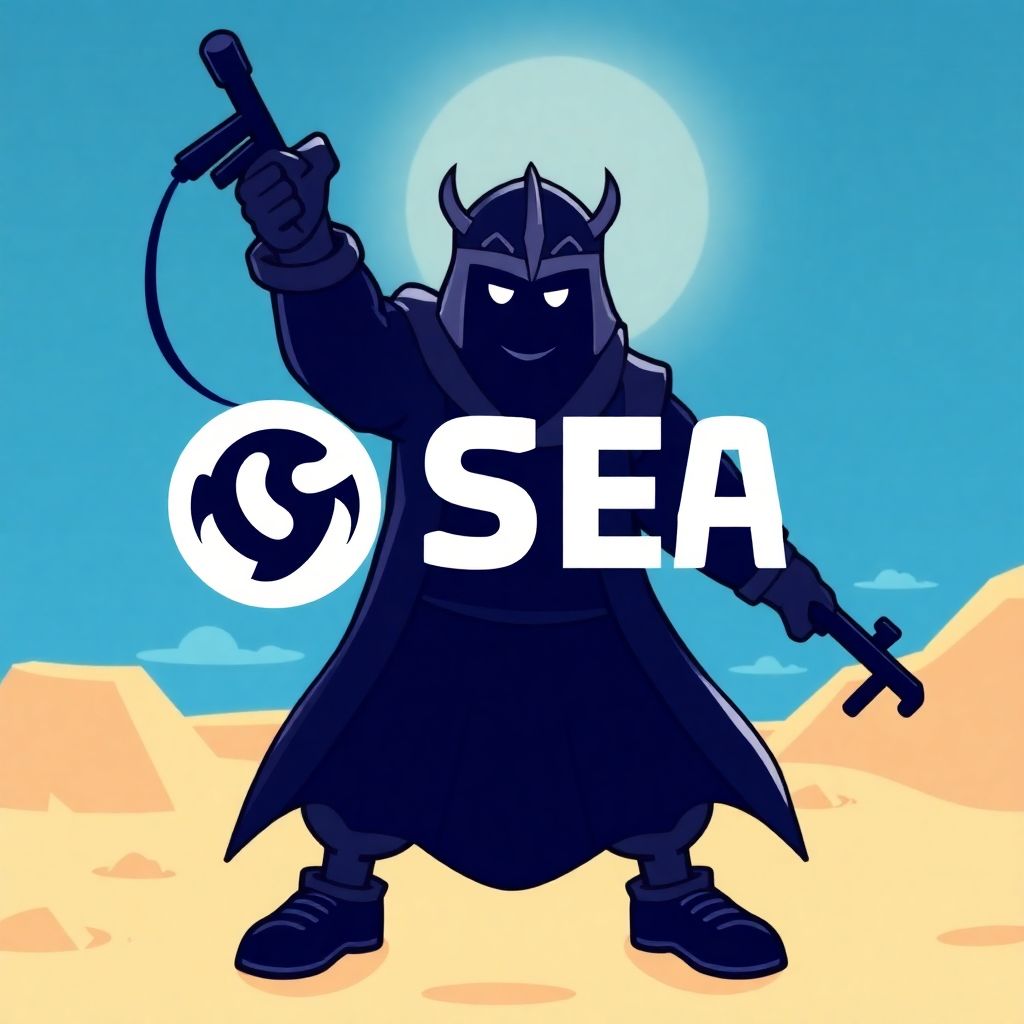OpenSea, the popular NFT marketplace that has recently expanded into the broader token trading arena, has officially announced that it will launch its native SEA token in the first quarter of 2026. This long-awaited development marks a significant milestone for the platform as it seeks to further integrate community participation and decentralized features into its ecosystem.
Initially teased in February, OpenSea withheld many specifics regarding the token’s release, including its distribution model. However, new details confirm that half of the total SEA token supply—50%—will be allocated directly to the community. This substantial commitment underscores OpenSea’s strategy to reward and empower its active user base, aligning with broader trends in Web3 platforms that prioritize decentralization and user ownership.
To kick off the countdown to the SEA token’s debut, OpenSea launched the final phase of its pre-token incentive program on September 15. This initiative allows users to unlock treasure chests, which contain reward points that may later be converted into SEA tokens. These chests became accessible starting Thursday, providing early participants with a head start in accumulating benefits ahead of the token launch.
Devin Finzer, OpenSea’s CEO and co-founder, emphasized the importance of the SEA token in shaping the company’s future. In a recent post on X, he stated, “Integrating SEA into OpenSea will be the opportunity to show the world our vision. It will shine a spotlight on everything we’re building.” This signals not only a technical upgrade for the platform but also a broader shift toward community ownership and governance.
The timing of this announcement coincides with a notable resurgence in OpenSea’s trading activity. In recent weeks, the platform has seen its trading volume surge past $2.6 billion, with more than 90% of that figure attributed to token trading rather than traditional NFT sales. This shift indicates a strategic pivot toward multi-asset support, as OpenSea positions itself as a more comprehensive digital asset marketplace.
The SEA token is expected to play a central role in this new phase of OpenSea’s evolution. While full utility details are still under wraps, it is anticipated that SEA will be used for governance purposes, enabling holders to vote on future platform developments and policies. Additionally, the token may serve as a medium for transaction fee discounts, creator incentives, and curated access to exclusive drops or features.
This move places OpenSea in direct competition with other Web3 marketplaces that have already introduced native tokens, such as Blur and LooksRare. Both of those platforms have leveraged token-based reward systems to attract users, and OpenSea’s introduction of SEA could help it regain market share and user engagement lost during the NFT market downturn.
Beyond direct rewards, OpenSea may also implement staking mechanisms for SEA holders, allowing users to earn passive income or increase their voting power. Such models have proven effective in fostering long-term user commitment and reducing speculative volatility.
Another area of potential impact is creator monetization. By integrating SEA into its fee structure or enabling tipping functions via the token, OpenSea could provide artists and content creators with new revenue streams. This would help differentiate the platform in a competitive space where creators are seeking more equitable compensation models.
The SEA token could also be integrated with OpenSea’s upcoming tools for on-chain provenance and digital identity, offering users more control over their data and artistic legacies. These features could make SEA not just a utility token, but a cornerstone of a broader decentralized infrastructure.
Security and compliance are also key considerations. As OpenSea prepares for the 2026 launch, the team is likely focused on ensuring regulatory alignment in major jurisdictions. Given the increasing scrutiny of crypto assets by global regulators, SEA’s rollout will need to be carefully managed to avoid legal pitfalls.
In summary, OpenSea’s SEA token promises to be more than just a digital currency—it represents a strategic shift toward decentralization, community ownership, and platform innovation. With a clear timeline, strong trading momentum, and a robust reward model already in place, all eyes are now on OpenSea to deliver on its ambitious vision for the future of tokenized marketplaces.

